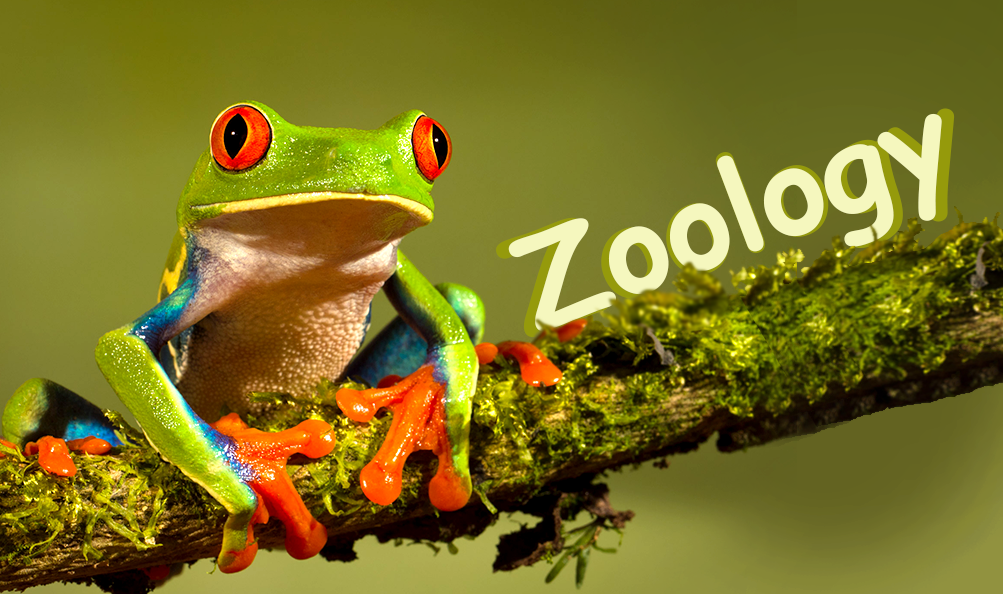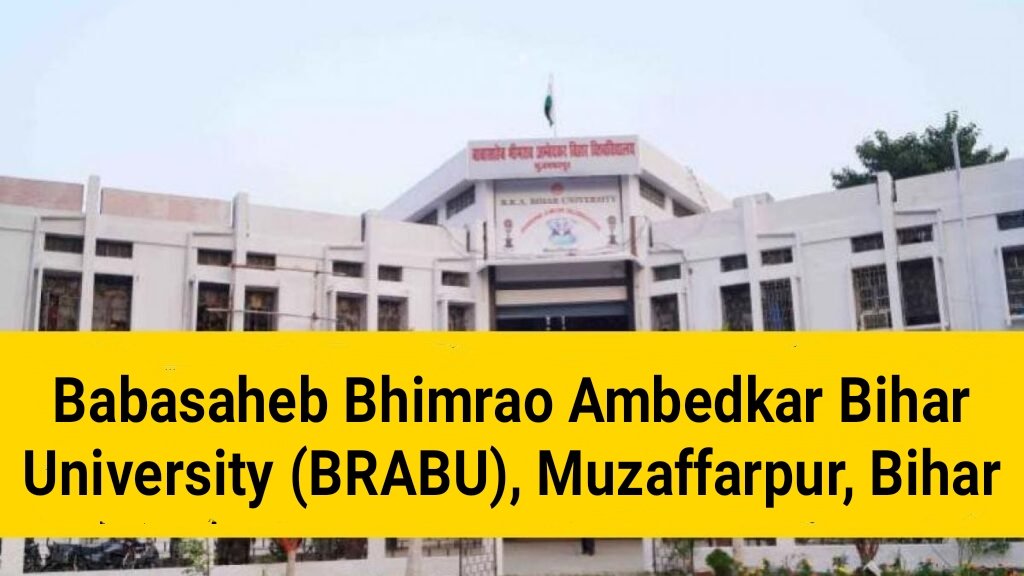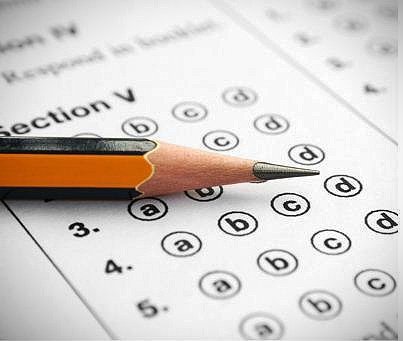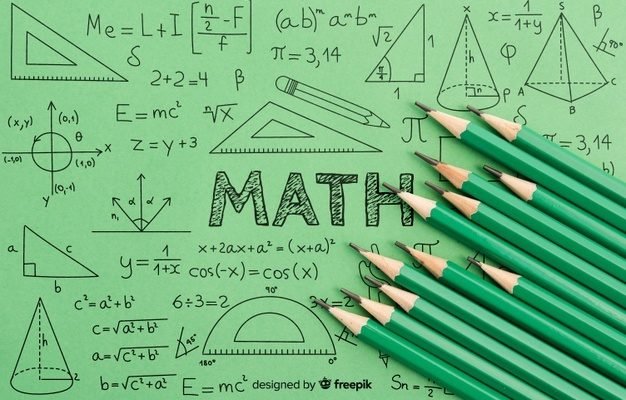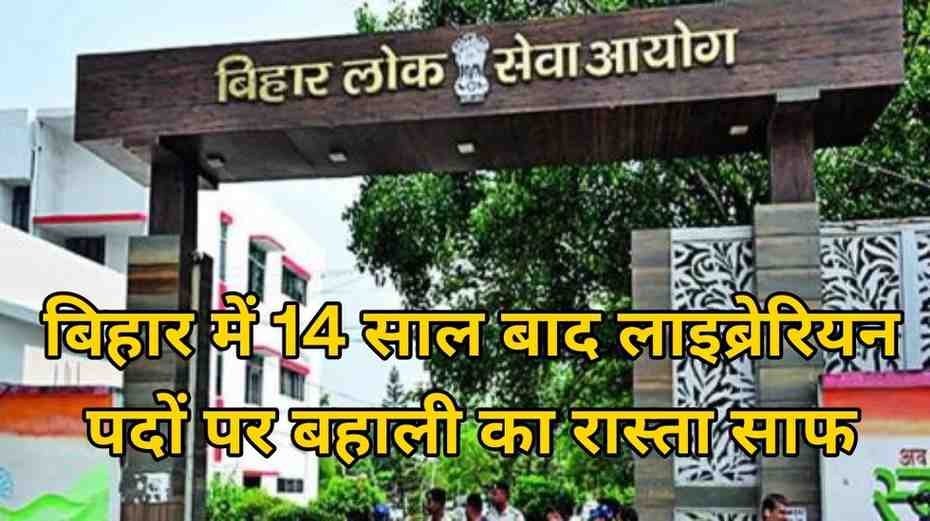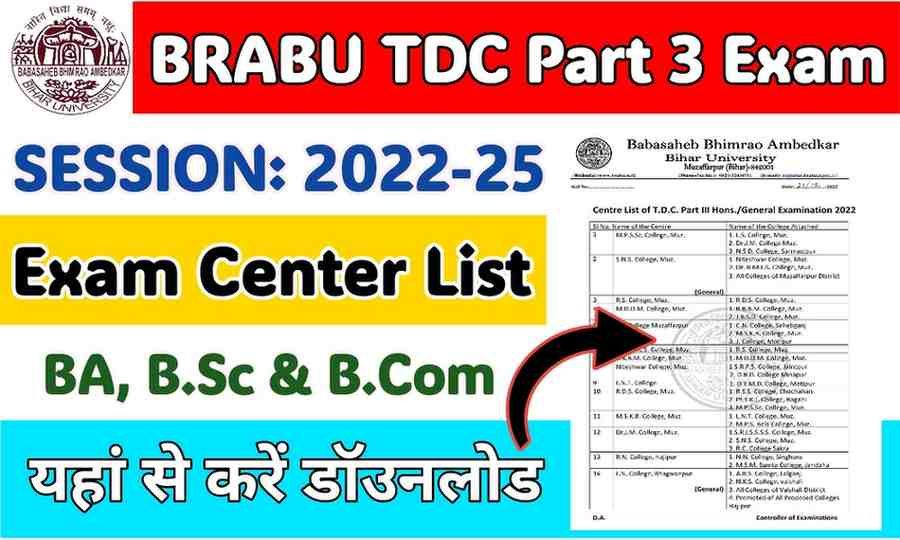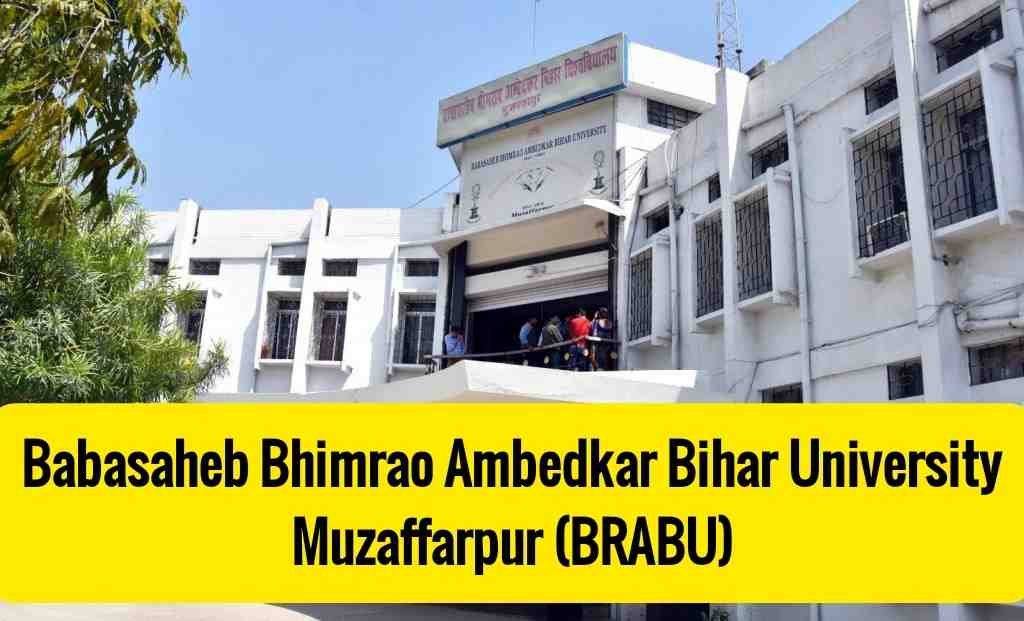BIHAR UNIVERSITY (Muzaffarpur) Exam Important Questions
(DAY 8)
16-03-2021
Graduation TDC Part 1 (2019-2022) Math/Physics/Chemistry/Zoology
Exam Important Questions
Graduation TDC Part 1 (2019-2022) Bihar University
PG 1st semester (2019-21) – Physics/Math – Important questions
Are you searching for BSc 1st year and PG 1st semester important questions in Math/Physics/Chemistry/Zoology ?
Well, you are in the right place. In this post, we are go to share some of the most important questions of Math/Physics/Chemistry (SCIENCE) for TDC Part 1 and PG 1st semester students. (B.R.A BIHAR UNIVERSITY)

TDC PART 1 Zoology (Hons.)
(Day 8)
Paper-1
TDC Part 1 (2019-22)
Zoology (Hons.) Paper- 1
(Answer any five questions, selecting at least two questions from each Group.)
Question No. 1 is Compulsory.
I Select the correct answer from the multiple choices :
(a) In botryoidal tissue :
(i) Tabular cells are arranged end to end (ii) Tubular cells are arranged side by side
(iii) Columnar cells are arranged end to end (iv) Columnar cells are arranged side by side
2. Ascaris is (a)Asymmetrical (b) Bilaterally symmetrical (c)Radially symmetrical (d) none of the above
3. Excretion in Arthropoda takes place by
(a) Coxal gland (b) Green gland (c) Malpighian tubules (d) All of the above
4. The most important characteristic feature of Mollusca is
(a) Hard body (b) Shell (c) Mantle (d) Foot
5. The Leech has
(a) An oral and a posterior sucker
(b) An oral sucker only
(C) A posterior sucker only
(d) No sucker
6. The pigment haemocyanin is found in
(a) Arthropoda (b) Annelida (c) Mollusca (d) Echinoderma
7. Ascaris lumbricoides completes its life cycle in
(a) One hosts (b) Two hosts (c) Three hosts (d) Four hosts
8. Write short notes on any three of the following:
a Fame cells (b) Bipinnaria (c) Metagenesis (d) Gizzard of Earthworm € Spicules and Spongin fibres.
9. The organ of offense and defence in ctenophora is:
(a) Trichocyst (c) Colloblast cell © Nematoblast (d) Statocy
10. The intestine is divided into three main branches in
(a) Planaria (b) Liverfluke (c) Tapeworm (d) Round worm
11. Dead Man’s finger is :
(a) Hellopora (b) fungal (c)Alcyorlum (d) Corallium
12. Green gland in Decapoda are associated with:
(i)Digestion (i) Excretion (1) respiration (iv) reproduction
13. Chiastoneury is found in
a Unio b Pila c Pheretima d Asterias
14. Nauplius larva belongs to
(1) Annelida (i) Arthropoda (i) Mollusca (iv) Echinodermata
15. One of the following is not related to Porifera
(1) Pyknocyte (2) Choanocyte (3) Porocyte (iv) Pinacocyte
16. In Annelida development may be : (i) Indirect with trochophore larva (ii) Direct with trochophore larva (iii) larva (iv) Direct with tornaria larva
17.In the mouth parts of male Anopheles (i) Maxillary palp smaller than proboscis (ii) Maxillary palp larger than proboscis (iii) Maxillary palp equal to proboscis (iv) None of the above
18 Chiastoneury is found in
(i) Unio (ii) Pila (i) Pheritima (iv) Asterias
19 Definite excretory organs not found in
(i) Wuchereria (ii) Bugula (ii) Palaemon (iv) Balanoglossus
Ephyra is: (i) Young Hydra (ii) Young Obelia (ii) Young Aurelia (iv) Young sea-anemone
Group-A
1. Describe the different types of larval forms of fasciola hepatica.
2. Describe the life cycle and diseases caused by Taenia solium. 3. Describe the structure and affinities of Hormiphora.
4. Give an account of canal system in sponges with diagrams. Discuss its importance.
5. Describe the structure and life cycle of p
6.Classify phylum porifera upto orders giving diagnostics characters and suitable example
7. Describe the structure of Medusa of Aurelia (male and female) and formation of scyphistoum and ephyra larvea it is life history

Group B
1. Describe the structure and affinities of Peripatus. 2. What is digestion? Describe the food and digestive system in Leech.
3. Describe the structure and affinities Polygordius.
4. Describe the phenomenon of torsion and detorsion in gastropoda. 5. Describe the excretory organs and mechanism of excretion in earthworm.
6. Give an account of the water vascular system in Echinodermata. 7. Give an account of different types of mouth parts found in insects with suitable
diagrams.
Rn college Telegram group – Click here
Rn college Facebook group – Click here
Bihar University info – Click here


